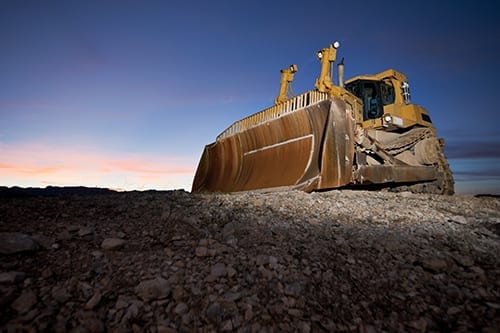Accounts Receivable Financing Helped a Heavy Construction Company Dig Out of a Hole
The Challenge:
An established heavy construction company located in Illinois was in financial trouble. Although work was plentiful most of the time, the winter months were a drain on the company’s bottom line. That, along with the need to replace some worn–out equipment used up all the available cash. After financing the new equipment, making the monthly payments was proving to be difficult for James, the owner of the company.
The equipment finance company was getting nervous. The loss of the equipment would put James’ company out of business. When James applied for a business loan, he was turned down because of his less-than-perfect credit history.
The Solution:
Scale Funding provided an accounts receivable financing line to the company. Because the accounts receivable financing line was based on the credit and payment history of the customers, and not the excavation company, this was quick and easy. The line allowed them to get current with the equipment finance company, and still have some operating cash to use and save.
The Result:
The company was able to stay current with their equipment finance company and was even able to get a better rate when they needed a new hydro-excavator. Because Scale Funding had provided accounts receivable financing lines to other excavation and construction companies, the seasonal nature of the work was familiar and expected. James was able to save money for the slow season, and was in a much better financial position when spring rolled around.
Summary:
James, the owner of a heavy construction company, needed cash for his company to operate. Due to his less-than-perfect credit history, James was turned down. Scale Funding opened an accounts receivable financing line with James. He was able to use the cash to stay current with his equipment finance company, and use the remaining cash to operate his business. The steady cash flow from accounts-receivable financing enabled him to become financially stronger.



